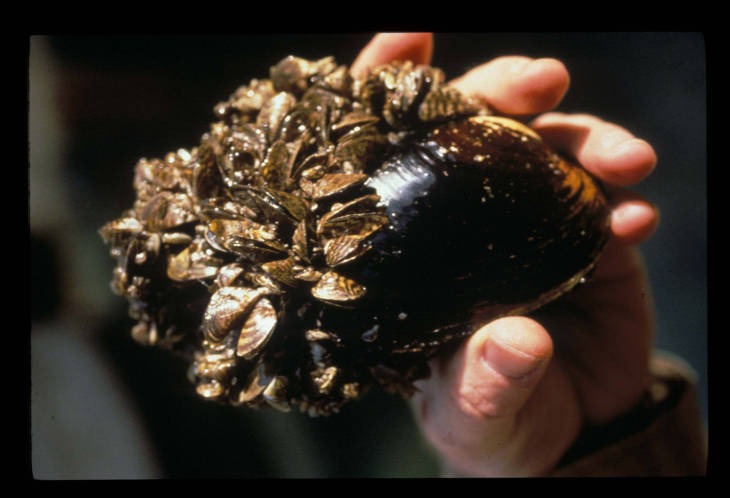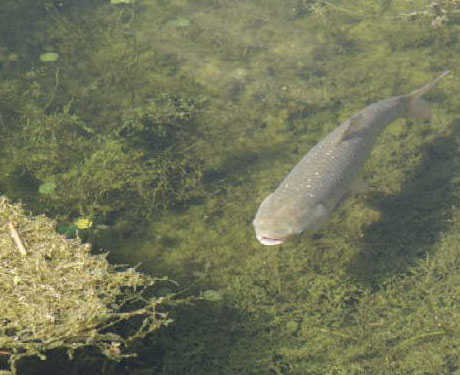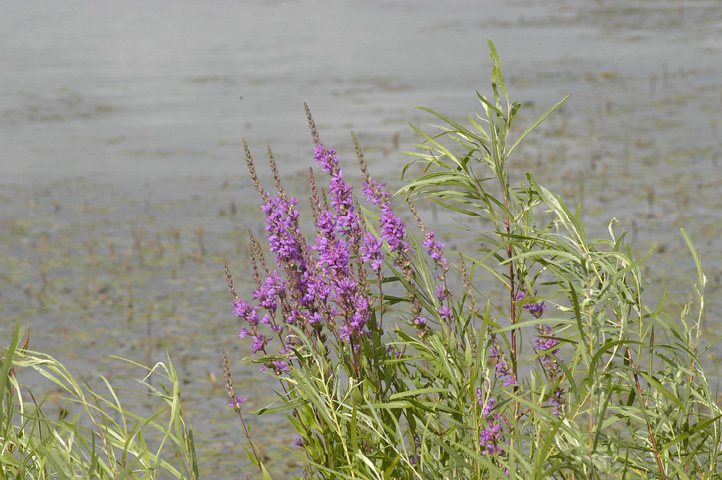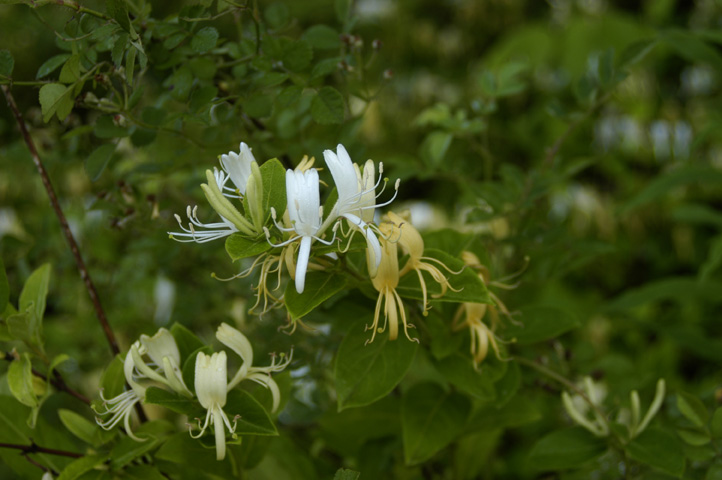Zebra Mussel

According to the Ohio Department of Natural Resource’s Ohio Field Guide to Aquatic Invasive Species, the Zebra Mussel is a mollusk the size of a fingernail. It attaches to hard objects, and is “ named for the alternating light and dark bands present on the shell.”
Zebra mussels cannot be controlled once in the wild, according to the University of Wisconsin Sea Grant Institute. Larvae in pipes, however, can be killed using chemicals.
The Missouri Department of Conservation recommends that boaters frequently inspect their boats for zebra mussels, drain all water from the boat before leaving the water body, prevent spreading contaminated bait, rinse their boat after spending time in “infested waters” and dry boats in the sun for at least five days, among other tips.
Though the ODNR field guide says that Zebra Mussels do decrease food sources for native species and affect water quality, their economic impact is even larger. By clogging pipes and damaging water-based equipment, “the economic impact of zebra and quagga mussels in the U.S. is estimated in the billions of dollars.”


